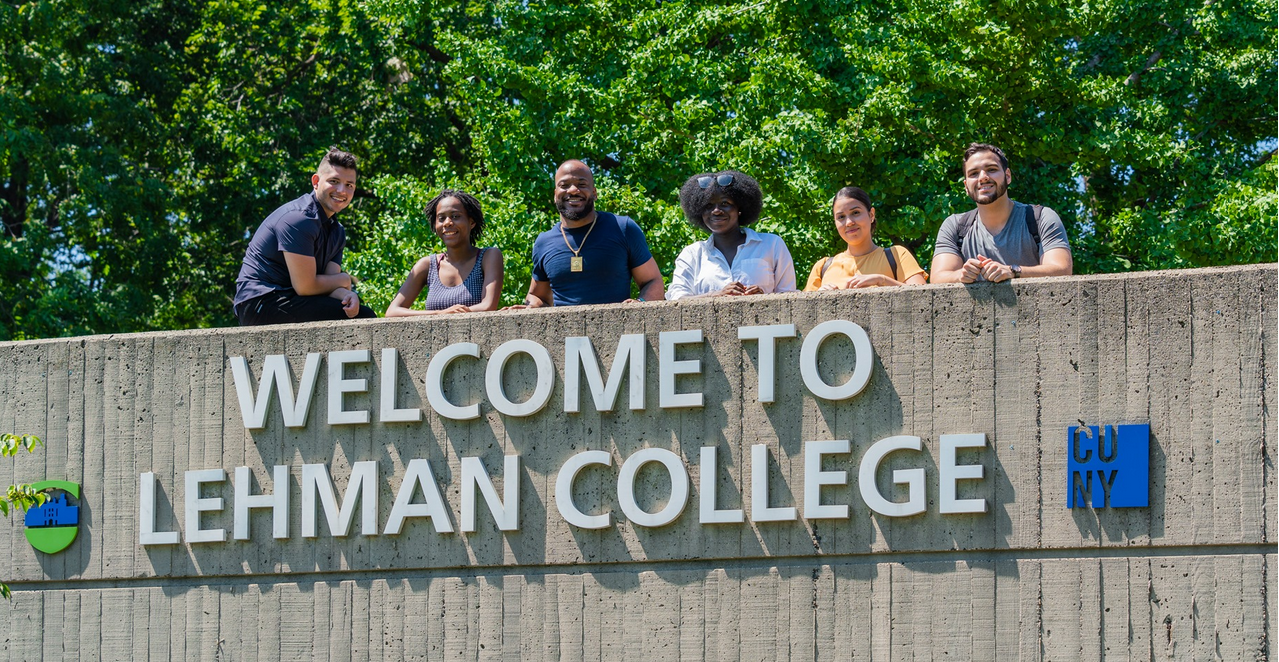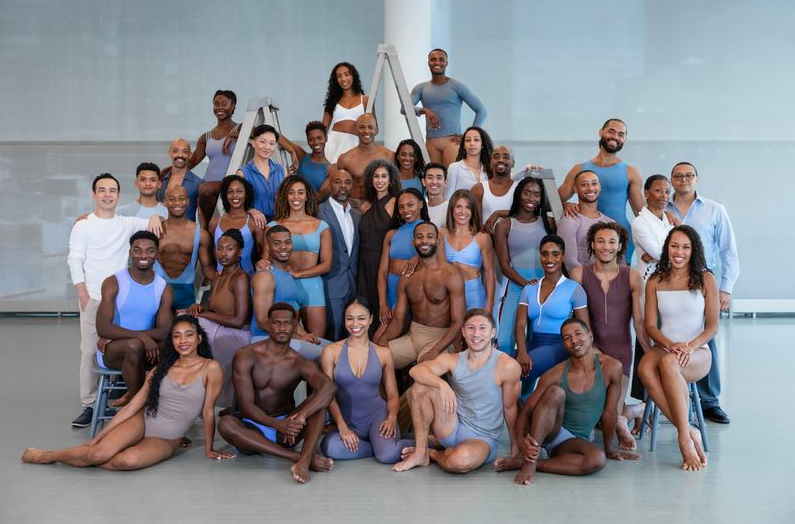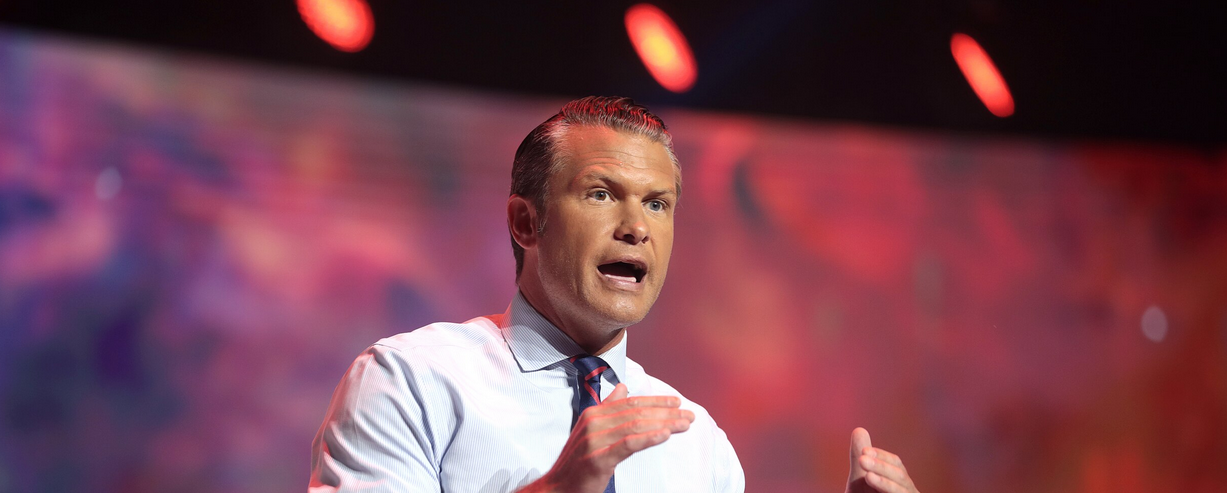[COVID-19\ New Yorkers of Color]
Williams: “I have a number of questions concerning the safety and wellbeing of front-line workers and communities of more color and higher poverty rates.”
Photo: YouTube
New York City’s Public Advocate is questioning the harm COVID-19 is doing to poor minority communities.
Public Advocate Jumaane D. Williams called for information on the racial impact of the COVID-19 public health crisis in a letter to Mayor Bill de Blasio and Department of Health and Mental Hygiene Commissioner Oxiris Barbot, following complaints and concerns that the most marginalized New Yorkers are experiencing more difficulty accessing COVID-19 testing while the wealthy and privileged may have greater access.
In the letter, the Public Advocate noted that “New Yorkers of more color are disproportionately on the front lines of this pandemic and therefore run a higher risk of exposure to COVID-19,” given that “people of more color are overrepresented in essential occupations including grocery store workers, laundromat workers, healthcare workers, and emergency responders.” He highlighted the need for expanded testing, saying that the “picture of which communities are most impacted by COVID-19 is obscured by the fact that, due to the lack of available tests, our current numbers underrepresent how many people are sick,” and called for a plan to expanding testing availability for front- line workers, communities with higher rates of poverty, and communities of more color.
The full text of the Public Advocate’s letter on these issues is below.
“Dear Mayor de Blasio and Dr. Barbot:
“I write concerning testing disparities and the need for public data on racial impact during the public health crisis caused by the COVID-19 virus. The city must make all data on testing, including disaggregated by race, available to the public.
“My office is concerned that New Yorkers of more color are disproportionately on the front lines of this pandemic and therefore run a higher risk of exposure to COVID-19. People of more color are overrepresented in essential occupations including grocery store workers, laundromat workers, healthcare workers, and emergency responders. According to a map released by the Department of Health, higher-poverty areas in outer boroughs, where many front-line workers live, are experiencing higher rates of infection than wealthier areas such as Park Slope and Greenwich Village, where more residents are able to work from home.
“My office has heard complaints that the most marginalized New Yorkers are experiencing more difficulty accessing COVID-19 testing. Current guidance instructs the majority of New Yorkers who are experiencing symptoms of COVID-19 to stay home and manage their symptoms on their own; tests are reserved for people who are hospitalized as a result of their symptoms or people who have underlying illnesses whose condition is not improving. Many sick New Yorkers have reported difficulty locating a medical office that provides COVID-19 tests, long wait times, and confusion and miscommunication after being tested. However, the Brooklyn Nets, for example, were criticized by both Governor Cuomo and Mayor de Blasio for securing COVID-19 tests for their entire team.
“Our picture of which communities are most impacted by COVID-19 is obscured by the fact that, due to the lack of available tests, our current numbers underrepresent how many people are sick. Knowing which communities are most heavily impacted by COVID-19 is challenging when there is no data available for which racial demographics are testing positive, needing hospitalization, recovering from COVID-19, and dying as a result of COVID-19. Tracking and publishing this data is critical to facilitating the allocation and distribution of resources to the areas most in need.
“While your current efforts to increase testing availability by opening mobile testing centers is laudable, I believe there is more that we can do to prevent the rise of COVID-19 infections in communities of more color and among front-line workers. As we continue to ensure the safety of all New Yorkers during this unprecedented time, I have a number of questions concerning the safety and wellbeing of front-line workers and communities of more color and higher poverty rates:
“What is the city’s plan to widen accessibility to COVID-19 testing, especially for front- line workers, communities with higher rates of poverty, and communities of more color?
“What is the city doing to ensure that the wealthy and privileged are not disproportionately able to access COVID-19 testing?
“How many New Yorkers tested positive for COVID-19, needed hospitalization as a result of COVID-19, died as a result of COVID-19, and recovered from COVID-19? Please disaggregate by race, age, borough, and occupation.”
Thank you.
Sincerely,
Jumaane D. Williams
Public Advocate for the City of New York






